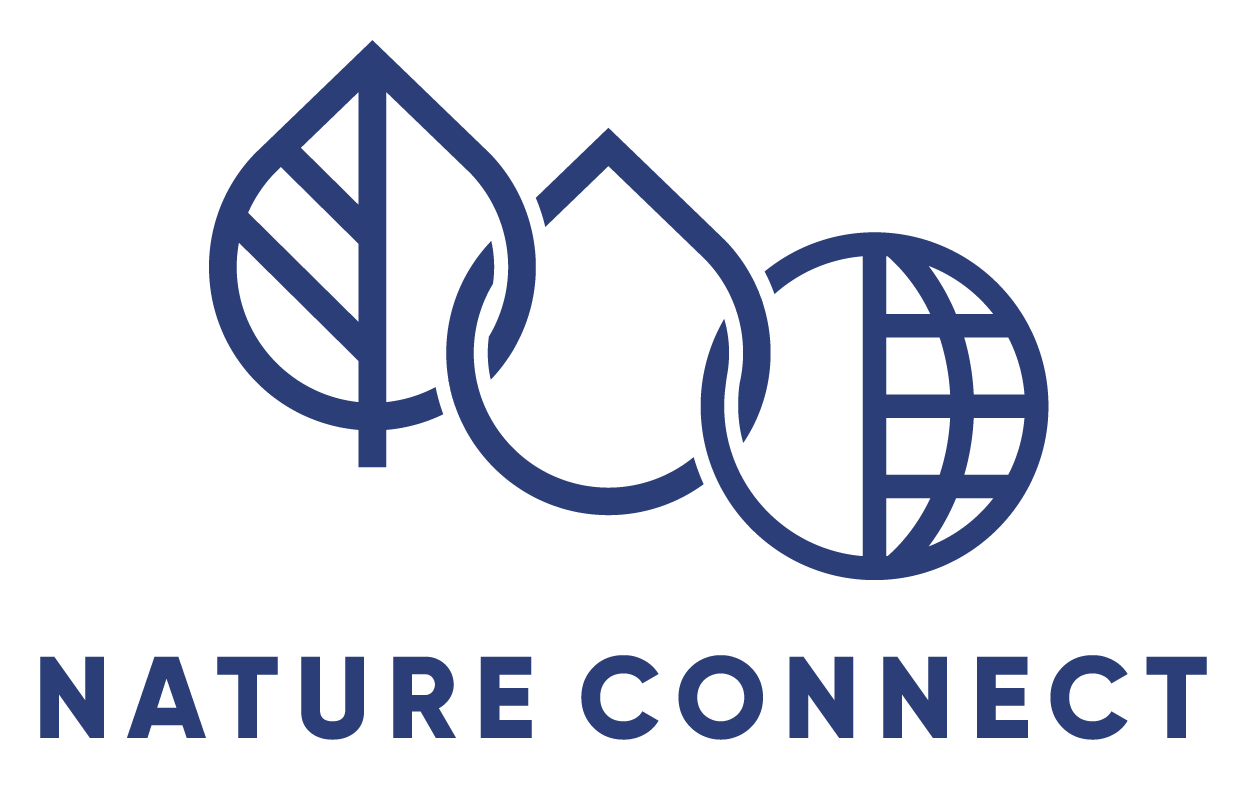[av_layerslider id=’12’]
[av_section min_height=” min_height_px=’500px’ padding=’small’ shadow=’no-border-styling’ bottom_border=’no-border-styling’ id=” color=’main_color’ custom_bg=” src=” attachment=” attachment_size=” attach=’scroll’ position=’top left’ repeat=’no-repeat’ video=” video_ratio=’16:9′ overlay_opacity=’0.5′ overlay_color=” overlay_pattern=” overlay_custom_pattern=”]
[av_hr class=’invisible’ height=’-20′ shadow=’no-shadow’ position=’center’ custom_border=’av-border-thin’ custom_width=’50px’ custom_border_color=” custom_margin_top=’30px’ custom_margin_bottom=’30px’ icon_select=’yes’ custom_icon_color=” icon=’ue808′ font=’entypo-fontello’]
[av_heading heading=’Cape Clawed Frog Conservation’ tag=’h2′ style=’blockquote modern-quote modern-centered’ size=” subheading_active=” subheading_size=’15’ padding=’0′ color=” custom_font=”][/av_heading]
[av_hr class=’custom’ height=’50’ shadow=’no-shadow’ position=’center’ custom_border=’av-border-fat’ custom_width=’350px’ custom_border_color=’#efbb20′ custom_margin_top=’5px’ custom_margin_bottom=’5px’ icon_select=’no’ custom_icon_color=” icon=’ue808′ font=’entypo-fontello’]
[/av_section]
[av_layout_row border=” min_height=’0′ color=’main_color’ mobile=’av-flex-cells’ id=”]
[av_cell_one_half vertical_align=’top’ padding=’10px,50px,10px,100px’ background_color=” src=” attachment=” attachment_size=” background_attachment=’scroll’ background_position=’top left’ background_repeat=’no-repeat’]
[av_one_full first min_height=” vertical_alignment=” space=” custom_margin=” margin=’0px’ padding=’0px’ border=” border_color=” radius=’0px’ background_color=” src=” background_position=’top left’ background_repeat=’no-repeat’ animation=”]
[av_textblock size=” font_color=” color=”]
Most herpetologists have heard of the African clawed frog (Xenopus laevis), given its wide use as a model amphibian in many laboratories, and also because it figures prominently in the pet trade around the world. However, few people know of the Cape clawed frog (X. gilli), a diminutive but cuter cousin that inhabits a small area (~60 km2) of the extreme southwest of Africa. It requires lowland areas of fynbos to become inundated in order to come out of aestivation and breed. The IUCN have listed this frog as Endangered because much of its habitat has been transformed through urban expansion of Cape Town and surrounding towns, and due to competition and predation from X. laevis. By 2010, there were only five known populations and the species hadn’t been seen on the Cape Flats for over 60 years.
In 2012 a single male Cape clawed frog was found at the Rondevlei Section of False Bay Nature Reserve, a City of Cape Town (CoCT) reserve, and in 2013 another individual in the seasonal wetlands of Kenilworth Racecourse Conservation Area. Further trapping at both sites revealed small (4 and 13 individuals, respectively) populations at both sites, whose genetics demonstrated them to be relic populations with significant genetic diversity. Both sites were heavily inundated by invasive Australian acacias in the past, but have since been restored to functioning wetlands by the CoCT. However, annual trapping at both sites since 2013 have not shown any recovery of the Cape clawed frogs. The recent drought in Cape Town has meant that for several years the site at Rondevlei did not flood and the frogs have now not been seen there since 2014.
Most amphibians, including Cape clawed frogs, have a life history strategy (known as r selection) with many offspring: i.e. they produce thousands of eggs in the hope that a few individuals will make it through to contribute to the next breeding generation. Attrition of early life history stages, such as eggs and tadpoles, is often high due to many invertebrate predators that are present in fresh water. Conservation projects can take advantage of this strategy by reducing the impact of would-be predators, thereby increasing survival of a great many individuals through metamorphosis. Such programmes are known as ‘headstarting’ as they give the next generation a head start in life. Moreover, headstarting can be carried out in situ so that no frogs have to be transported away from their ponds.
This project seeks to conserve the Cape clawed frog by headstarting their eggs and tadpoles. We aim remove the predation pressure on eggs, tadpoles and metamorphs by an in situ intervention. We will be building temporary enclosures (2 x 1 m) in the flooded areas where we will reduce predation by removing predatory dragonfly and beetle larvae, as well as shielding the tadpoles from birds. We will monitor each enclosure until metamorphosis. We aim to combine ongoing monitoring efforts with five tadpole enclosures over the next five years at two sites in order to determine the efficacy of this headstarting to increase the population of frogs at each site into a stable and self-sustaining population.
[/av_textblock]
[/av_one_full][/av_cell_one_half][av_cell_one_half vertical_align=’top’ padding=’10px,100px,10px,50px’ background_color=” src=” attachment=” attachment_size=” background_attachment=’scroll’ background_position=’top left’ background_repeat=’no-repeat’]
[av_heading tag=’h2′ padding=’10’ heading=’The Cape Clawed Frog’ color=” style=” custom_font=” size=” subheading_active=” subheading_size=’15’ custom_class=”][/av_heading]
[av_slideshow size=’large’ animation=’slide’ autoplay=’false’ interval=’5′ control_layout=”]
[av_slide id=’2319′][/av_slide]
[av_slide id=’2320′][/av_slide]
[av_slide id=’2321′][/av_slide]
[av_slide id=’2322′][/av_slide]
[/av_slideshow]
[av_heading tag=’h2′ padding=’10’ heading=’The Tadpoles’ color=” style=” custom_font=” size=” subheading_active=” subheading_size=’15’ custom_class=”][/av_heading]
[av_video src=’https://youtu.be/DGkzXiBwWIE’ format=’16-9′ width=’16’ height=’9′]
[av_hr class=’invisible’ height=’100′ shadow=’no-shadow’ position=’center’ custom_border=’av-border-thin’ custom_width=’50px’ custom_border_color=” custom_margin_top=’30px’ custom_margin_bottom=’30px’ icon_select=’yes’ custom_icon_color=” icon=’ue808′ font=’entypo-fontello’]
[av_heading tag=’h2′ padding=’10’ heading=’Project Supported By:’ color=” style=” custom_font=” size=” subheading_active=” subheading_size=’15’ custom_class=”][/av_heading]
[av_hr class=’invisible’ height=’100′ shadow=’no-shadow’ position=’center’ custom_border=’av-border-thin’ custom_width=’50px’ custom_border_color=” custom_margin_top=’30px’ custom_margin_bottom=’30px’ icon_select=’yes’ custom_icon_color=” icon=’ue808′ font=’entypo-fontello’]
[av_one_half first min_height=” vertical_alignment=” space=” custom_margin=” margin=’0px’ padding=’0px’ border=” border_color=” radius=’0px’ background_color=” src=” background_position=’top left’ background_repeat=’no-repeat’ animation=”]
[av_team_member name=” job=” src=’http://cteet.co.za/wp-content/uploads/2019/02/MeaseyLabs.png’ attachment=’2323′ attachment_size=’full’ description=” font_color=” custom_title=” custom_content=”]
[av_team_icon title=” link=’http://john.measey.com/’ link_target=’_blank’ icon=’ue81f’ font=’entypo-fontello’]
[/av_team_member]
[/av_one_half][av_one_half min_height=” vertical_alignment=” space=” custom_margin=” margin=’0px’ padding=’0px’ border=” border_color=” radius=’0px’ background_color=” src=” background_position=’top left’ background_repeat=’no-repeat’ animation=”]
[av_team_member name=” job=” src=’http://cteet.co.za/wp-content/uploads/2019/02/CIB-logo_square-180×180.jpg’ attachment=’2324′ attachment_size=’square’ description=” font_color=” custom_title=” custom_content=”]
[av_team_icon title=” link=’http://academic.sun.ac.za/cib/’ link_target=’_blank’ icon=’ue81f’ font=’entypo-fontello’]
[/av_team_member]
[/av_one_half][/av_cell_one_half]
[/av_layout_row]
[av_heading heading=’Make a donation to conserve the Cape clawed frog!’ tag=’h3′ style=” size=” subheading_active=” subheading_size=’15’ padding=’10’ color=” custom_font=”][/av_heading]
[av_one_third first min_height=” vertical_alignment=” space=” custom_margin=” margin=’0px’ padding=’0px’ border=” border_color=” radius=’0px’ background_color=” src=” background_position=’top left’ background_repeat=’no-repeat’ animation=”]
[av_hr class=’invisible’ height=’100′ shadow=’no-shadow’ position=’center’ custom_border=’av-border-thin’ custom_width=’50px’ custom_border_color=” custom_margin_top=’30px’ custom_margin_bottom=’30px’ icon_select=’yes’ custom_icon_color=” icon=’ue808′ font=’entypo-fontello’]
[av_button label=’Donate Now’ link=’manually,https://www.payfast.co.za/donate/go/capetownenvironmentaleducationtrust’ link_target=’_blank’ size=’x-large’ position=’center’ icon_select=’yes’ icon=’ue82b’ font=’entypo-fontello’ color=’green’ custom_bg=’#444444′ custom_font=’#ffffff’]
[/av_one_third]
[av_one_third min_height=” vertical_alignment=” space=” custom_margin=” margin=’0px’ padding=’0px’ border=” border_color=” radius=’0px’ background_color=” src=” background_position=’top left’ background_repeat=’no-repeat’ animation=”]
[av_image src=’http://cteet.co.za/wp-content/uploads/2018/03/XGJmKTtg-268×300.png’ attachment=’1763′ attachment_size=’medium’ align=’center’ styling=” hover=” link=” target=” caption=” font_size=” appearance=” overlay_opacity=’0.4′ overlay_color=’#000000′ overlay_text_color=’#ffffff’ animation=’no-animation’][/av_image]
[/av_one_third]
[av_hr class=’custom’ height=’50’ shadow=’no-shadow’ position=’center’ custom_border=’av-border-fat’ custom_width=’500px’ custom_border_color=’#efbb20′ custom_margin_top=’20px’ custom_margin_bottom=’20px’ icon_select=’no’ custom_icon_color=” icon=’ue808′ font=’entypo-fontello’]


